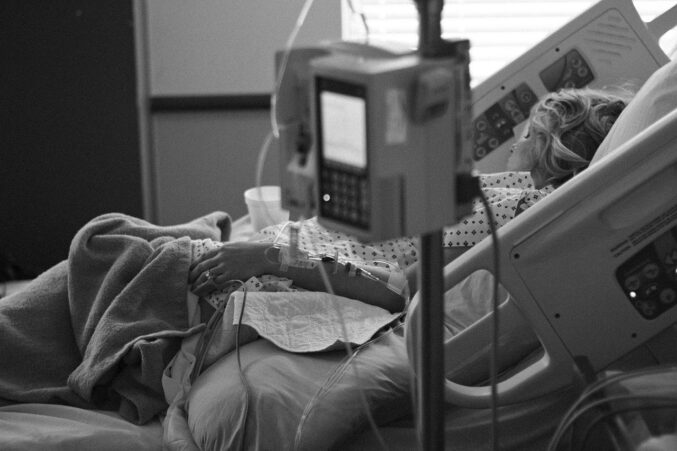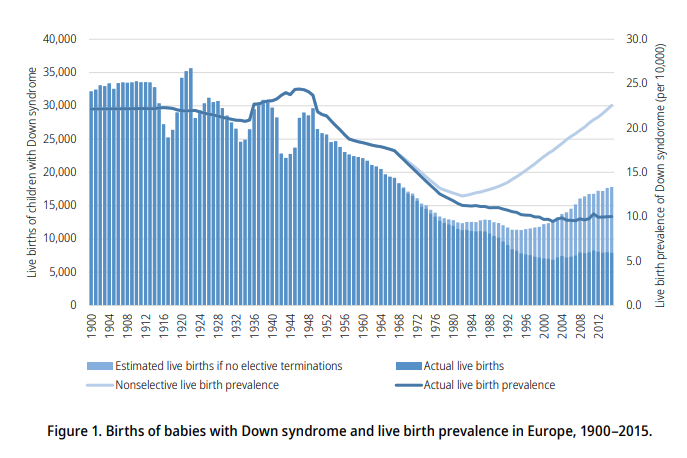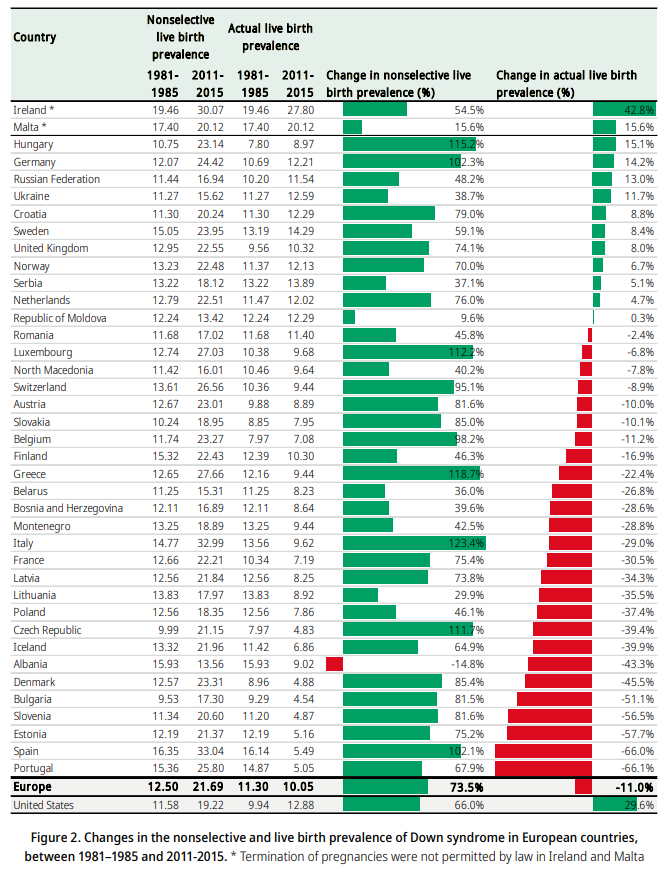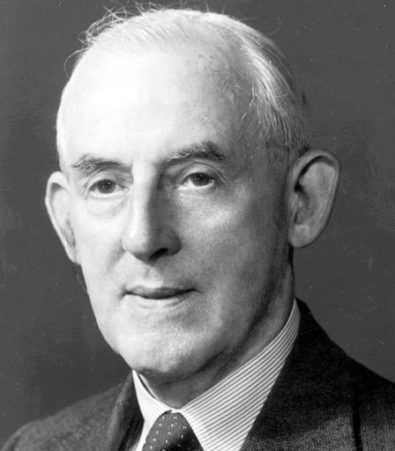SPIRITI MAGNI E GRANDI BUFALE
Di Franco Cardini
Nell’approssimarsi del 2021, “Anno Dantesco” – e nella speranza ch’esso
ci porti in dono anche la liberazione dall’epidemia –, è utile
auspicare che alcune questioni dantesche vengano definitivamente
risolte; e che su alcuni equivoci si faccia finalmente piena luce.
In tempi di trasformazione epocale della “cultura diffusa” in seguito
alla crisi delle istituzioni tradizionali scolastiche e universitarie e
del diffondersi dei social (con la conseguenza allarmante di un
intensificarsi della confusione dei linguaggi e della perdita
progressiva di ancoraggi culturali autorevoli sui quali fondarsi) stanno
pericolosamente riemergendo questioni dalle quali speravamo di essere
definitivamente usciti.
Una delle più
divertenti da un lato e angoscianti dall’altro riguarda Dante e il suo
tempo: quella dei “Fedeli d’Amore”. Una strana storia, un equivoco nato
fra Otto e Novecento e in seguito bizzarramente trascinatosi dopo
l’affermarsi nella nostra cultura sia d’élite, sia “diffusa”, dell’interruzione di un dialogo che ha dato luogo a una sorta di schizofrenia, di dialogo tra sordi.
Cominciamo dal principio. Nel sonetto dantesco A ciascun’alma, il primo accolto nella Vita Nova,
il poeta allora diciottenne (si è quindi nel 1283) c’informa di essere
stato còlto nella sua stanza “da un soave sonno” dopo aver incontrato
per la seconda volta “la gloriosa donna de la mia mente, la quale fu
chiamata da molti Beatrice”. Durante il sonno, egli narra di essere
stato visitato verso l’alba da uno di quelli che Carl Gustav Jung
avrebbe definito “sogni significanti”: svegliatosi, aveva composto un
sonetto e lo aveva inviato alla ristretta cerchia di coloro che egli
chiama “tutti li Fedeli d’Amore” – Guido Cavalcanti e Lapo Gianni
principalmente –, pregandoli “che giudicassero la mia visione”. La quale
era terribile: Dante aveva sognato il loro “signore”, cioè Amore
personificato, il quale teneva fra le braccia “madonna” (cioè Beatrice)
addormentata e che stringeva nella sua mano il cuore di Dante stesso,
ardente; e, svegliatala, la costringeva spaventata a mangiarlo. Il
“cuore ardente” e il “cuore mangiato” sono immagini archetipiche
fondamentali nella nostra cultura, e anche in altre: ne parla anche il
Boccaccio, nella nona novella della IV giornata del Decameron[1].
L’ispiratore primario del giovane Dante era il poeta Guido Guinizzelli,
il quale a sua volta era divenuto un celebre caposcuola per la sua
canzone Al cor gentil, nella quale con efficace e affascinante
chiarezza, ma sulla base di un’esile autocoscienza filosofica, aveva
diffuso la lezione ripresa in pieno XII secolo dal trattato De amore di
Andrea Cappellano, chierico al servizio di Maria di Champagne, figlia
di Luigi VII di Francia e della grande Eleonora d’Aquitania, e pertanto
sorella di Riccardo Cuor di Leone. Ora, Eleonora aveva fatto conoscer in
Francia settentrionale, cioè nel “paese della lingua d’oïl”,
la poetica di suo padre Guglielmo IX, duca d’Aquitania e celebre
trovatore, fondata sul servizio dell’innamorato all’amata: il primo
considerato vassallo (fizel, cioè fidelis) della
seconda, che gli ha concesso in feudo il suo stesso cuore. Ma la
dottrina di Andrea era una metafora del magistero relativo all’amore che
risaliva a Platone e che, dopo aver animato tutto il neoplatonismo
medievale, era giunto nella cristianità occidentale alla sua piena
maturazione con il platonismo della scuola di Chartres, cui ha dedicato
un “classico” Tullio Gregory[2].
Il fatto è che nella Christianitas latina
l’aristotelismo scolastico di Tommaso d’Aquino, principale referente di
Dante, aveva spazzato via quasi del tutto – e il poco rimasto lo aveva
stravolto – quella grande tradizione neoplatonica ellenistica che aveva
resistito fino alla scuola di Chartres del XII secolo e senza la quale
gli stessi Agostino e Boezio, capifila della filosofia cristiana
medievale, risultavano quasi incomprensibili. Il grande successo di
Dante, quindi il profondo mutamento culturale della Modernità e la
riscoperta dantesca d’età romantica fecero il resto.
Durante il
secolo XIX Dante e il suo richiamo ai “Fedeli d’Amore” (ormai divenuto
un gruppo penitenziale esclusivo e segreto, una “sètta”) fu
reinterpretato alla luce dell’equivoco misticismo politico laicista
“ghibellino” di Ugo Foscolo[3], di Gabriele Rossetti[4] e di suo figlio il pittore preraffaellita Dante Gabriele[5], ohimè legittimati dalla sterminata, equivoca erudizione di Giovanni Pascoli[6].
Tutta questa affascinante, ingovernabile massa di coltissimi malintesi
trovò un rielaboratore e sistematore in un professore liceale di
filosofia, Luigi Valli, responsabile tra Otto e Novecento di una teoria
generale complottistica che di Dante e dei suoi immaginari sodali faceva
gli eroi contro una congiura oscurantistica ordita nei secoli dal
papato[7].
Era così nata la “sètta” medievale dei “Fedeli d’Amore”, oscuramente collegata al catarismo, al templarismo e alla Weltanschauung massonica,
alla quale avevano fornito credibilità gli stessi saggi dell’esoterista
René Guénon. Il tutto era stato sigillato da un altro geniale e
coltissimo pasticcione, Alfonso Ricolfi, anch’egli documentato critico
dei “Fedeli d’Amore” e delle “Corti d’Amore” in polemica col Valli[8].
Bisogna dire che i professionisti della ricerca storico-filolgica
dantesca, anziché replicare mostrando semplicemente gli equivoci
generati dalle scarse cognizioni filologiche del giovane Dante (e anche
di quello non più giovane) a proposito del neoplatonismo antico e
medievale, si erano dottamente impegnati a sottolineare che i “Fedeli
d’Amore” erano una costruzione immaginaria; e l’avevano fatto in modo
irreprensibile, ma con l’aiuto di documenti autentici sì, che per loro
natura tutto potevano provare però meno che l’inesistente non fosse mai
esistito.
Risultato di tutto ciò, un’allucinante follia
schizofrenica: da una parte storici e filologi occupati a scomunicare –
si leggano le pagine di Eugenio Garin, di Antonio Viscardi, di Natalino
Sapegno – l’inconsistenza e l’irrazionalismo dei seguaci del Rossetti e
del Valli, dall’altra coloro che ne approfondiscono incuranti le
tematiche. Il punto però è che entrambe le “scuole” – chiamiamole così –
sono partite da dante e hanno seguito le polemiche nate sui “Fedeli
d’Amore” fino ai giorni nostri senza ascoltare mai l’altra campana.
Sarebbe stato sufficiente che gli studiosi seri e i dantisti
filologicamente attrezzati avessero ricostruito – e avrebbero potuto ben
farlo – le lacune di Dante relative ai fondamenti neoplatonici
dell’Amor cortese. Il Contini e il Vinay c’erano andati vicini; nel
segno ha colpito la scuola di Maria Teresa Beonio Brocchieri, che però
non si era preoccupata di “disincantare” né il Pascoli né il Valli.
Oggi, Franco Galletti torna sui “Fedeli d’Amore” con La bella veste della verità, (Udine,
Mimesis, 2020, pp. 602), nel quale ricostruisce l’influenza della
dottrina avviata (involontariamente) dal giovane Dante sui secoli
successivi senza però nemmeno toccare “l’anello debole”, la sua
inconsistente conoscenza del neoplatonismo del XII secolo che gli
avrebbe fatto capir tutto; e sì che nel frattempo il capolavoro di
Tullio Gregory è stato ristampato (esaminate il silenzio della sua
bibliografia su alcuni autori a proposito di catari, di poesia francese
medievale e di templari: capirete tutto). Quanto ad Alberto Ventura, che
ha fornito al Galletti l’assistenza delle sue solide cognizioni
islamologiche, egli parla certamente con ottime ragioni del sufismo
musulmano, senza avvertirci (non era suo còmpito il farlo) che esso –
pur essendo l’Islam, col commento aristotelico di Averroè, alla base
della scolastica tomista – non aveva mai reciso né dissimulato il
rapporto con la tradizione neoplatonica.
Insomma: un grazie a
Rossetti che ha riportato la nostra attenzione sull’equivoco
tardoromantico-esoterico-massonico della lettura di Dante e un invito a
tutti a riprendere in mano le cose dal principio. Cultura, alla fine e
nella sostanza, è questo: avere il coraggio e l’energia di rimettersi in
discussione.
[1]
Se con Dante il cuore mangiato ha una dimensione onirica e metafisica,
in Boccaccio recupera la fisicità della tradizione precedente. Due
novelle del Decameron contengono questo tema: nella IV.9 «Messer
Guiglielmo Rossiglione dá a mangiare alla moglie sua il cuore di messer
Guiglielmo Guardastagno ucciso da lui ed amato da lei; il che ella
sappiendo poi, si gitta da un’alta finestra in terra e muore, e col suo
amante è sepellita». Nella IV.1 «Tancredi, prenze di Salerno, uccide
l’amante della figliuola e mandale il cuore in una coppa d’oro; la
quale, messa sopra esso acqua avvelenata, quella si bee, e cosí muore».
Entrambe le novelle sono inserite nella quarta giornata, quella degli
amori infelici; nel secondo caso il pasto immondo non avviene, nel primo
invece sì, in una delle varianti più note nella letteratura: l’amante
si vendica del tradimento costringendo a mangiare il cuore dell’amante;
tuttavia, in altri esempi è l’amante morente a chiedere che il suo cuore
venga estratto e portato alla donna come prova della fedeltà. La storia
del cuore di Guglielmo Guardastagno trova un parallelo molto preciso
nella letteratura indiana (La storia di Raja Rasálu), mentre Boccaccio
lo trae dalla leggendaria vita del trovatore occitano Guilhem de
Cabestaing, vissuto a cavallo fra XII e XIII secolo: Guilhem è amante di
Seremonda, moglie del signore Raimondo di Rossiglione, e quando
quest’ultimo viene a sapere della loro relazione, lo uccide durante una
battuta di caccia, ne estirpa il cuore e lo fa cucinare per essere
servito a tavola alla sua consorte la quale, venuta a conoscenza della
verità, si suicida gettandosi da una finestra del palazzo.
[2] T. Gregory, Anima mundi, n.ed., Firenze 1955, n.ed. Spoleto 2020.
[3] Per Ugo Foscolo e il suo equivoco “ghibellin fuggiasco”, cfr. l’edizione degli Atti del I congresso nazionale di studi danteschi, 1962, con contributi – fra gli alti – di B. Nardi e T. Marcialis, e P. Giannantonio, Dante e l’allegorismo, Firenze 1969.
[4] G. Rossetti, Il mistero dell’amor platonico nel medioevo, voll. 5, Londra 1840; Idem, La Beatrice di Dante, ivi 1842.
[5] R. Lo Schiavo, La poesia di Dante Gabriele Rossetti, Roma 1957.
[6] G. Pascoli, Scritti danteschi, a cura di A. Vicinelli, Milano 1952.
[7] La sua opera più nota è L. Valli, Il linguaggio segreto di Dante e dei Fedeli d’Amore, voll. 2, Roma 1928-30.
[8] A. Ricolfi, Studi sui Fedeli d’Amore, Roma 1933; Idem, Dal problema del gergo al crollo d’un regno, Genova 1940.










